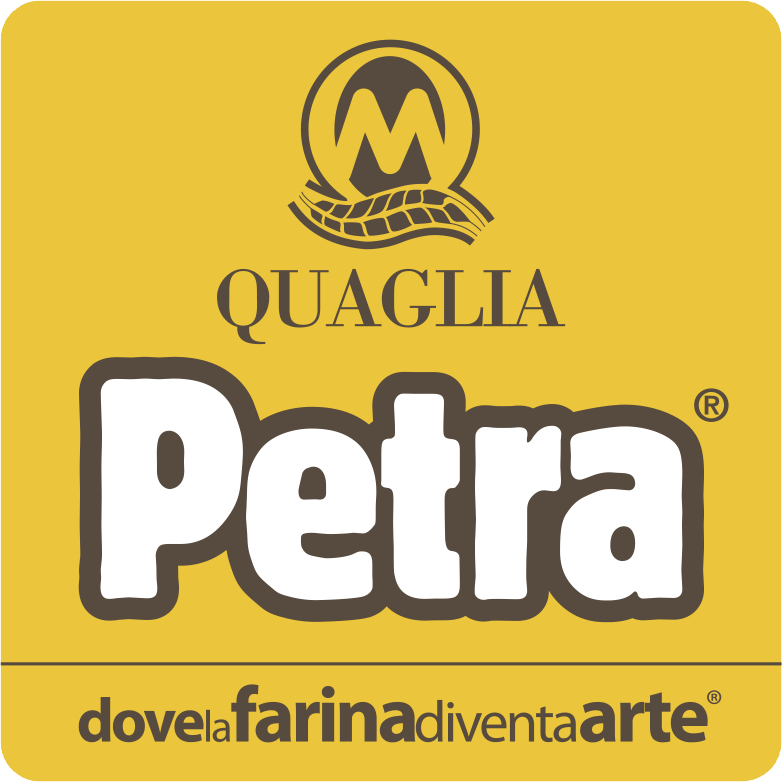«We’re creating a new economy based on cereal bio-difference», Giuseppe Li Rosi says. «We need innovation and quality, not large volumes», Corrado Assenza explains...
What may appear as a divergence has instead some common grounds at the Jurnate di Simenza, the symposium that took place last month in the magnificent castle of Montalbano Elicona, a stone village where time appears to have stopped, in the inland of Messina. An only seeming stop (Assenza) and go (Li Rosi), harmonised by a shared vision which is the foundation of Simenza’s adventure, the Cumpagnia Siciliana Sementi Contadine born on the 20th of February 2016, now with 200 members, mostly among agricultural entrepreneurs – as well as processing entrepreneurs – which president Li Rosi explains as such: «We’re not a cooperative or a consortium, but a cultural association. At the same time, we realise that we need to offer an economic outlet for our activity, and we’re working in that direction».
This was the theme of the Jurnate in Montalbano: how can we give sound foundations and viability – giving a profitable model of development for territories – to a project that was born based on three elements:
«Simenza is a community of Sicilian farmers and breeders, the custodians and promoters of the agricultural biodiversity of the island. The crucial goal, that led to the birth of the association, was the recording of the over 50 ecotypes of indigenous wheat available in Sicily in the national Registry of varieties for the preservation of agricultural species, so as to avoid that genetic resources, which by right belong to farmers, turn into a mere tool of speculation.(...) (Simenza) is born to safeguard the precious heritage of Sicily: its biodiversity. It does so as a Cumpagnìa or Community where every farmer, breeder, miller, baker, and pasta producer safeguards and gives value to local resources.
Now they’re trying to do something more:
Our goal is a new entrepreneurial model capable of putting together farmers’ knowledge and good practices with the use of sustainable production techniques. What we at Simenza call “retro innovation”».
That is to say creating a market that can offer depth and a future to the initial goal. In the words of Paolo Caruso, Simenza’s technical director, «we want to equip ourselves with a structure that supports the meeting between producer and buyer, in terms of logistics, sales, administration, agricultural production. An economy based on our forte, the Sicilian agricultural biodiversity, is being developed. An economy that already involves a small network: millers, pasta producers, confectioners...».
For Simenza the time has come for the cultural battle to meet financial issues, because «only a Community in dialogue with science and market or trade fairs can safeguard the common good».
Li Rosi sums up: «We want to change people’s mentality, and this is already taking place. In Sicily 13 civilizations have passed, in over 7K years of history. So every day we face mane differences in the same area: in fact it’s in this confrontation of different identities that we find the energy and our raison of being. We have 25% of European biodiversity, 50% of the Italian biodiversity, with 52 microclimatic regions». A heritage worth defending: «In Europe they’re regulating our agriculture’s “blends” of cereals: that’s what we were born for, to control and sometimes to correct, and if necessary to limit or even fight these projects, thanks to the millennial wisdom that rests in our fields».
The crown jewel of Simenza, the evolutive mix, was born from 90 kilos of wheat arriving from Icarda, near Aleppo, in Syria: «Before the war, there used to be a research centre and a bank of germplasm. They thought of handing their seeds to others. Three quarters went to Australia, the rest is here». To be precise, 1,994 what with varieties and crosses, that is to say a treasure chest of biodiversity arriving on the island of biodiversity. «We didn’t know how to present this treasure on the market, because markets expect clarity, standardized products [the mix cannot be, it’s never the same, because it translates the variation the various types of wheat are subject to in the fields]. Luckily Molino Quaglia arrived at that moment».
The company from Vighizzolo d'Este supported Simenza, creating its Petra Evolutiva flour from this very mix. So, Chiara Quaglia and Piero Gabrieli were also in Montalbano Elicona. The latter, Molino’s marketing director, explained: «We must make sure that all the actors in this supply chain – farmers, tradesmen, millers, and so on – can work making the right income; and this is only possible if the consumer is willing to pay an adequate price for the finished product». That is to say: «Those who go to a pizzeria and order a pizza made with evolutive wheat must accept that the bill will be 50 cents or 1 euro more expensive. This is no small thing».
And we’re back to economic sustainability: «It is not possible to pay more for the wheat, and therefore ask for a higher price for flour, and thus for bread or pizza, if consumers don’t perceive that the higher price is based on a wider project, and give their contribution». A dough made with evolutive wheat has unique aromas and tastes. It’s not enough: «It must have a strong identity» because «there’s a fundamental problem. The market is reassured by products that are always identical».
The evolutive mix is quite the contrary. Its intrinsic nature is to change. So «we must speak of diversity. Make it clear that with this project you don’t just buy a high quality, organic product, capable of offering an excellent taste. You also contribute to a battle». And as for the Assenza-Li Rosi duet at the beginning: culture and market go hand in hand, «we must increase consumers’ awareness of specific qualities, giving value to the supply chain, thus explaining even the reasons behind the prices of this kind of product».
Translated into English by Slawka G. Scarso
Carlo Passera
source: http://www.identitagolose.com/sito/en/44/24475/dall-italia/jurnate-di-simenza-agricultural-biodiversity-becomes-a-development-model.html?p=0
Leggi il testo integrale nel link FONTE (qui sopra)
BREAD RELIGION
Iscriviti e ricevi le novità nella tua email.














